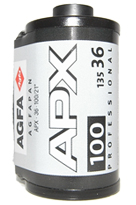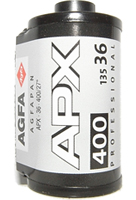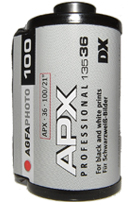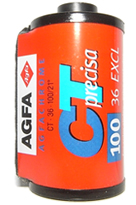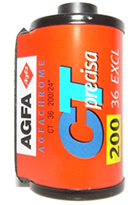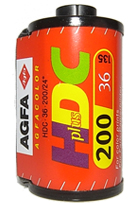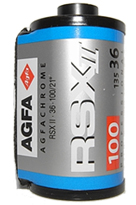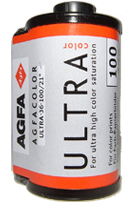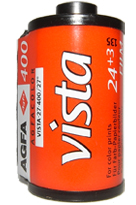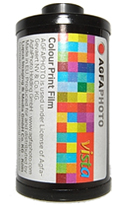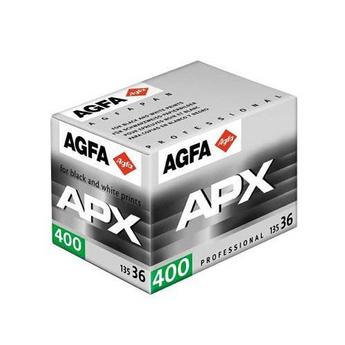
The B&H page is still up for this film though it is of course listed as "discontinued"
Ah, I really miss Agfa. For years, all I shot was Agfa APX 400. The 100 ISO was a much better film but I needed the leeway shooting on the street. Great contrast, fine grain quality, tonal structure (especially in the mids) and inexpensive when compared to other films.
I do not know the technical specs or chemical characteristics of why or how it looked like it did, but it was a lush film with a classic look. It was not known as a push film but I never had a problem with it. Kodak’s Tri-X is a fine, legendary film and it is what I primarily shoot now, but it is not the same. My favorite mode was to expose the 400 at 250 ISO and develop it at 300 so it was under by a quarter stop. I like my shit dark.
Even if you did not shoot their films, you had your prints made on their papers. Their 111 multi-grade paper was a favorite as was their 118 warm eggshell paper.
I can remember when it was announced that they were going out of business and in Los Angeles, the last shipment of Agfa paper was on its way. Those few with enough foresight bought up the remaining paper in that shipment to hoard like dragon’s gold. My friend is a B&W printer in Los Angeles and one of his clients has a stash of Agfa paper which he only brings over when he needs some prints to be made.
Below are some scans of photos shot with Agfa APX 400 and printed by Nourredine El-Wariri on Agfa’s 111 and 118 papers. It’s a bit silly because I am trying to show you how great an extinct film and paper were through a computer monitor which makes as much sense as videotaping oil paintings.
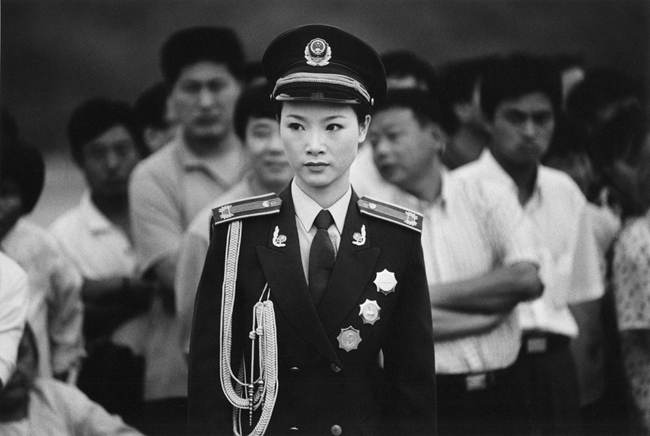
Tiananmen, Beijing, Nikon N90s, Agfa APX 400, printed on Agfa 118 © Doug Kim
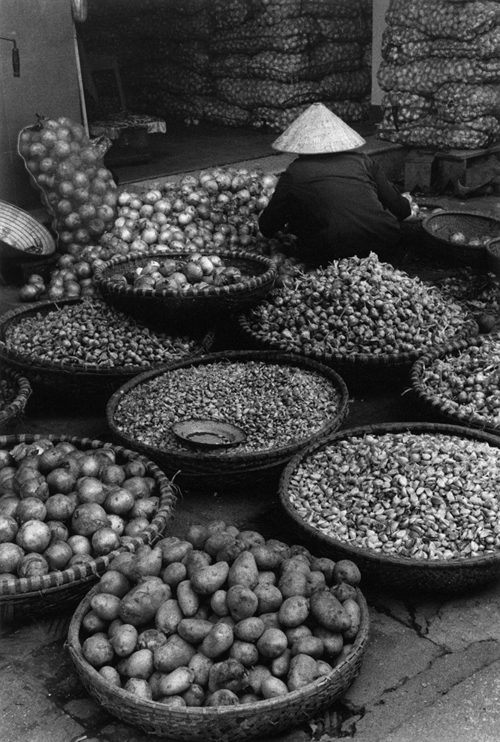
Market, Hanoi, Nikon F5, Agfa APX 400, printed on Agfa 111 © Doug Kim

